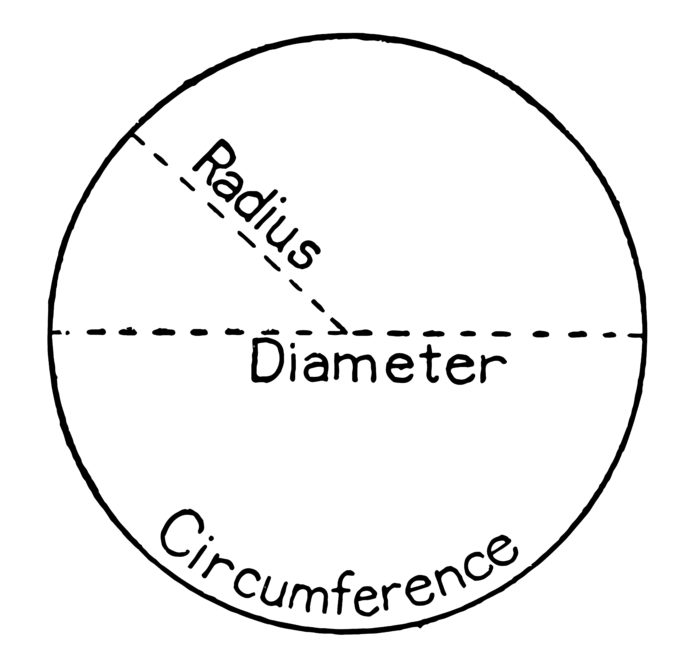You’ve probably always thought that there are only two things in this world with radii: forearms and circles. In this case, the protester tried to add a third. The solicitation required an application to display flight data in a 100-mile radius. The protester offered a rectangular display. The agency downgraded the protester for not proposing a circular display. The protester argued that a radius doesn’t necessarily relate to a circle and can apply to a rectangle. GAO found the protester’s peculiar understanding of a radius to be unreasonable.
SPATHE Systems LLC, GAO B-420463.2
Background
The Air Force issued an RFQ seeking vendors to forecast technological changes for the Global Air Operation Center network. Award would be based on a tradeoff between technical and price factors. The technical factor included a Take-Home Challenge and Solution Presentation subfactor. Under this subfactor, vendors had to develop an aircraft tracking application, record a video of the team developing the application, and then make an oral presentation to the agency to explain the application.
Ten vendors, including SPATHE Systems, submitted quotations. The Air Force found several problems with SPATHE’s approach to the Take-Home challenge subfactor, which rendered the company’s quotation unacceptable. Following awards to other vendors, SPATHE protested.
Legal Analysis
SPATHE’s Take-Home Challenge Was Not Complete
The RFQ required the application developed for the Take-Home challenge be fully instantiated using Docker Compose, a tool used to run multi-function applications. The Air Force found SPATHE’s system was not fully instantiated. SPATHE argued instantiation was not an important element of the criteria. GAO begged to differ. The RFQ expressly stated an instantiation requirement. SPATHE’s apparent surprise that the Air Force considered this an important element did not defeat the reasonableness of the agency’s analysis
Meaning of Radius
The RFQ required the Take-Home application to display flight data in a 100-mile radius. The Air Force penalized SPATHE for providing a rectangular display, reasoning that the rectangular, as opposed to circular, display, made it difficult to determine which aircraft were within a 100-mile radius. SPATHE argued that the RFQ didn’t require a circle; it simply required a radius, and in mathematics a radius does not require a circle. GAO rejected this argument, finding that it did not comport with the common understanding of a radius. The only reasonable interpretation of radius required a circular display.
Documentation
The Air Force assessed negative findings because SPATHE failed to document its design decisions for the Take-Home challenge. SPATHE said that the RFQ didn’t require documentation. GAO disposed of this argument, noting that a documentation was set forth in several parts of the RFQ.
Presentation of Data
The Air Force downgraded SPATHE’s application due to “ever-growing data sets.” SPATHE’s application retained flight data for many hours such that the data could not be transmitted consistently. SPATHE argued that RFQ did not require the removal of inactive flights, but the company conceded its application performed in a manner that had not been intended. GAO found the agency’s assessment reasonable.
Oral Presentation
The Air Force penalized SPATHE’s presentation, finding the company made incorrect claims. SPATHE complained about this, but GAO found the company had not sufficiently responded to the Air Force’s defense of its evaluation.
SPATHE is represented by Diana C. Mendez and Joseph M. Goldstein of Shutts & Bowen LLP. The intervenor, Raft, LLC, i9s represented by Tara L. Ward of McDermott Will & Emery LLP. The agency is represented by Colonel Frank Yoon, Major James B. Leighton, Lieutenant Colonel Keric D. Clanahan, Sean M. Hannaway, Andrew J. Sibley, and Major Gabriel W. Bush of the Air Force. GAO attorneys Kenneth Kilgour and Jennifer D. Westfall-McGrail participated in the preparation of the decision.




